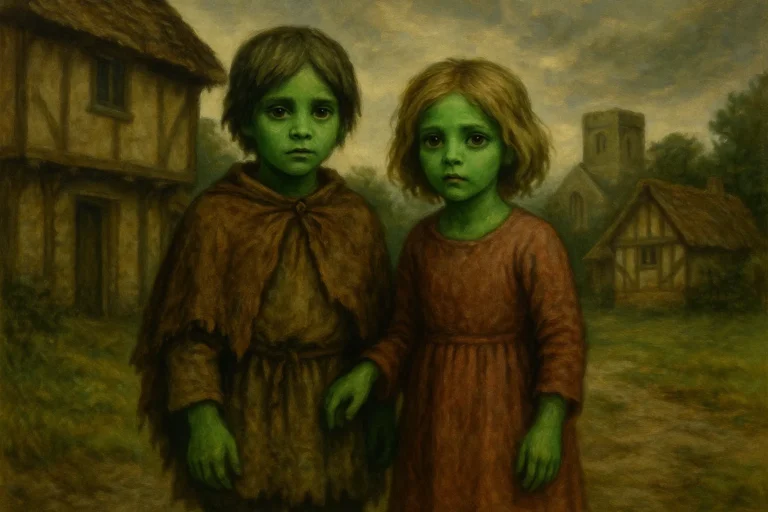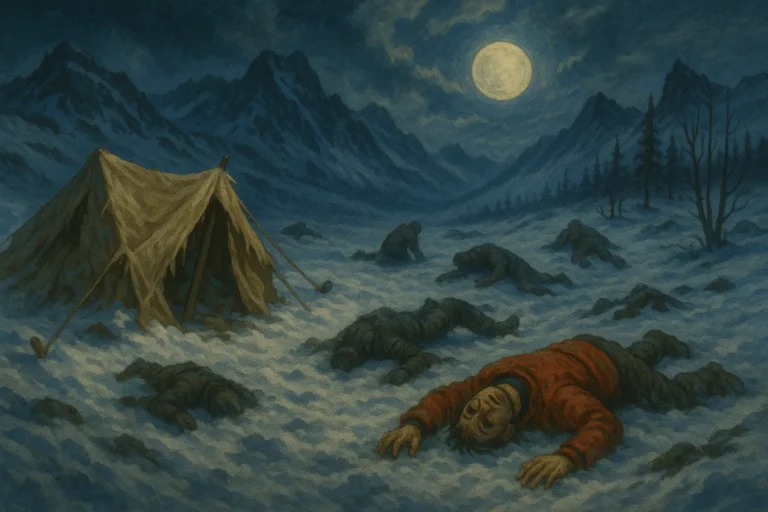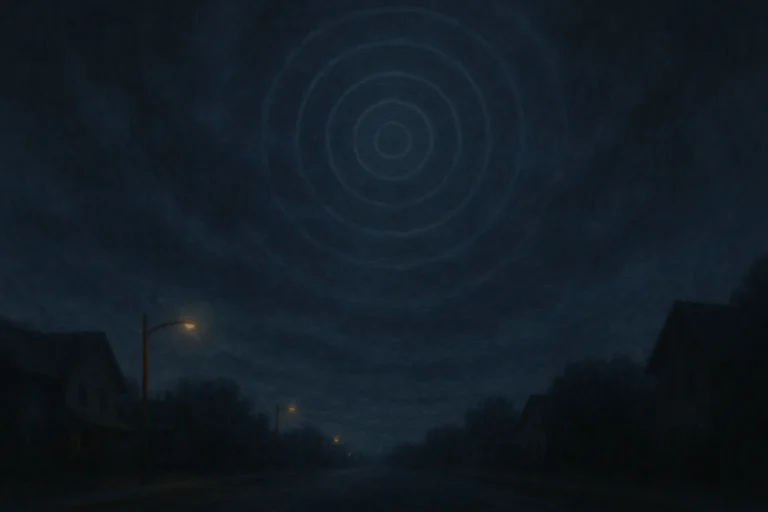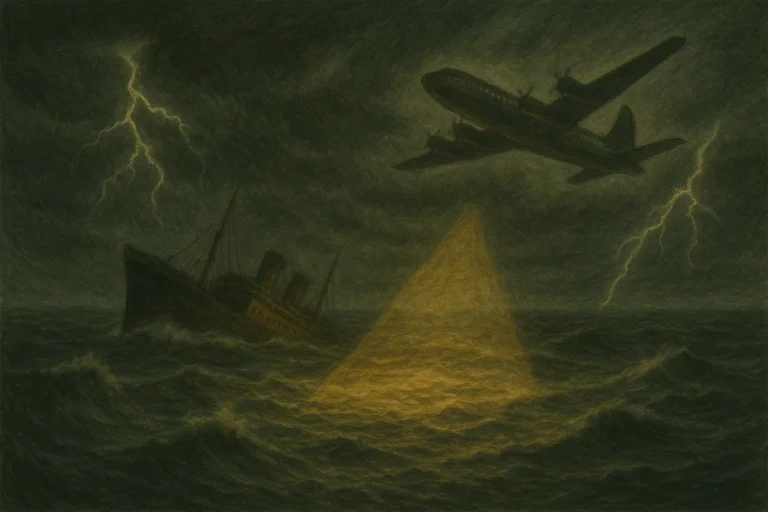The Bloop: A Deep-Sea Mystery That Still Echoes Today
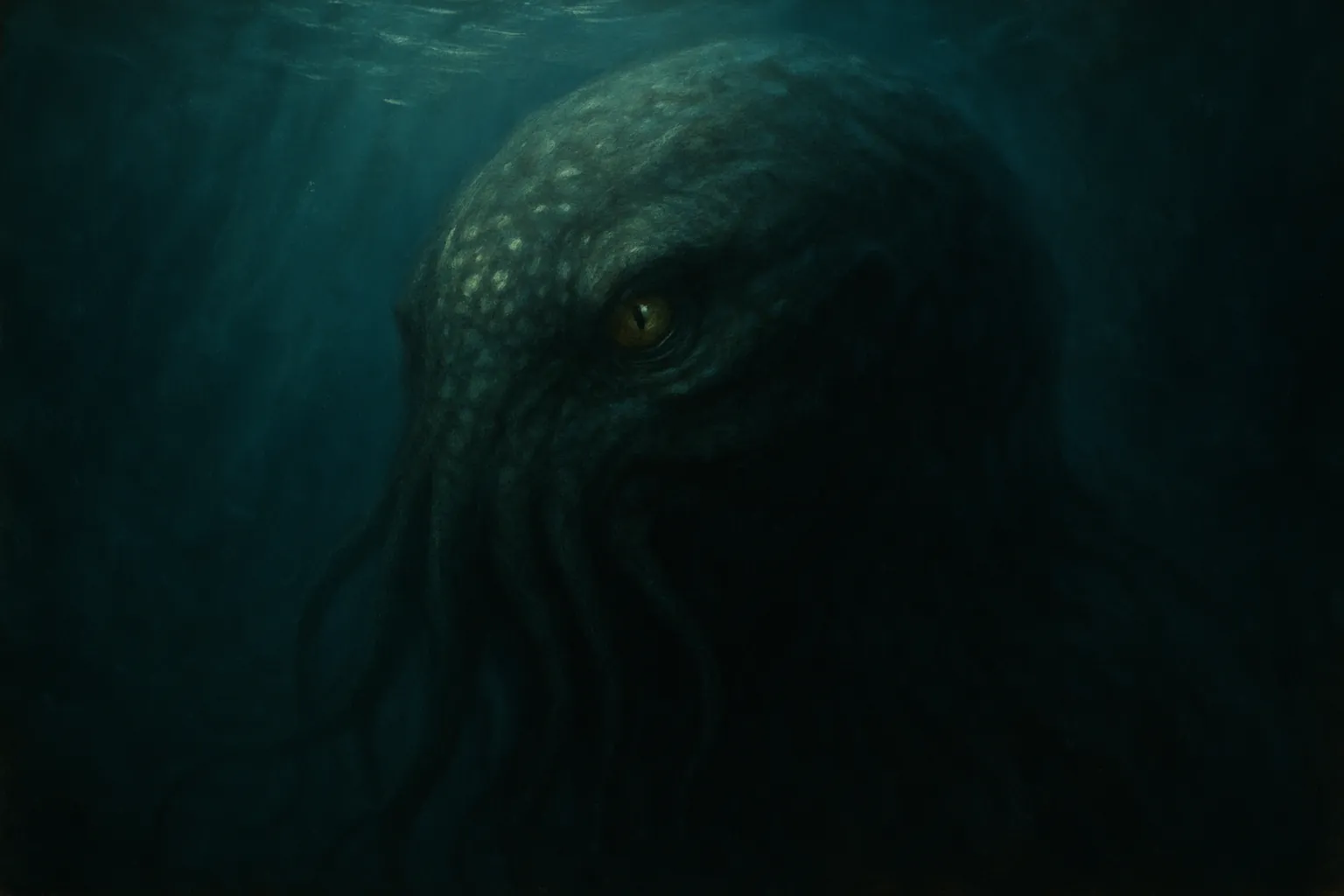
In the vast and largely unexplored depths of Earth’s oceans, there are mysteries that continue to baffle scientists and stir the imagination of those who hear them. One such mystery is known simply as “The Bloop.” First detected in 1997 by the U.S. National Oceanic and Atmospheric Administration (NOAA), the Bloop was a powerful, ultra-low frequency underwater sound — and one of the loudest ever recorded. Its origin? Unknown. But what followed was a wave of speculation that still hasn’t fully settled. Was it a creature? A natural phenomenon? Or something else entirely?
Let’s dive into the deep and uncover what makes the Bloop one of the ocean’s most compelling enigmas.
🌊 The Sound That Shouldn’t Exist
The Bloop was picked up in the summer of 1997 by NOAA’s hydrophone array — a system of underwater microphones positioned throughout the Pacific Ocean. The sound was heard repeatedly over the course of a few months and was loud enough to be detected by multiple sensors, more than 5,000 kilometers apart. That’s not just impressive — it’s unprecedented.
What made the Bloop so puzzling was not just its volume, but its audio signature. Scientists who analyzed the sound noted that it bore the acoustic hallmarks of a living creature. The rise and fall of the tone resembled biological origins more than something mechanical or geological. But here’s the catch: for something to produce a sound that loud and still seem organic, it would have to be enormous — far larger than any known sea creature, even the blue whale.
The source was triangulated to a remote region of the South Pacific Ocean, west of the southern tip of South America — a patch of sea with few ships, no known military activity, and little human presence.
🐋 Monster of the Deep?
With such an unexplained and massive sound echoing from the depths, it wasn’t long before speculation turned cryptic. Could it be a previously undiscovered species — some gargantuan sea monster lurking in the abyss?
The ocean is, after all, the last truly uncharted frontier on Earth. Scientists estimate that more than 80% of our ocean remains unexplored. With pressure-crushing depths, thermal vents, and vast stretches of black, unlit trenches, there’s plenty of room for something to hide.
Writers and enthusiasts compared the Bloop to the fictional world of H.P. Lovecraft, especially pointing out that the sound’s origin was somewhat near the coordinates given for the sunken city of R’lyeh, the home of the ancient godlike creature Cthulhu. Though clearly just a spooky coincidence, the connection gave the mystery a cultural boost — and a dark, otherworldly flavor.
🔬 The Scientific Perspective
As exciting as sea monsters and ancient gods may be, science demands something more grounded. In the years following the Bloop’s detection, NOAA researchers continued to investigate. Eventually, they suggested that the sound most likely came from a phenomenon called icequake — the noise generated when large icebergs crack or split from Antarctic glaciers and scrape along the seafloor.
This explanation, while far less thrilling, fits the data. Icequakes are known to produce ultra-low-frequency sounds that can carry across great distances underwater. According to NOAA senior acoustics engineer Christopher Fox, the Bloop’s signature closely resembled those recorded from ice movement in later years.
You can listen to the Bloop for yourself — the original sound has been sped up for human hearing and can be found on NOAA’s website here.
Still, some researchers and enthusiasts remain skeptical. The Bloop was unlike any known icequake at the time, and the volume was far greater than anything yet confirmed to be caused by shifting ice. For those who want to believe, that leaves the door slightly ajar.
🧊 Nature’s Hidden Chorus
One thing the Bloop highlighted is just how alive the ocean is — not just biologically, but sonically. The deep sea is filled with a symphony of clicks, rumbles, moans, and songs. Whales communicate across hundreds of miles, fish produce sound by grinding bones or snapping tendons, and even shifting tectonic plates and bubbling vents add to the auditory chaos.
It also reminds us of how limited our understanding really is. Hydrophones have only been actively used in widespread ocean monitoring since the Cold War, originally intended to detect submarines. Now that we’re repurposing these tools for scientific study, we’re hearing things for the first time — and many of them are as strange as they are beautiful.
The Bloop was one of the first widely publicized underwater anomalies, but it’s far from the only one. Sounds like “Julia,” “Train,” and “Slow Down” have also sparked curiosity. All were detected in similar ways and given eerie, nondescript names. Some of these have since been explained, others remain open questions.
🐚 A Mystery That Echoes
Whether it was ice, an unknown species, or something stranger still, the Bloop continues to capture imaginations around the world. It’s a reminder that the Earth still has secrets — vast, cold, and humming beneath the waves.
It also challenges the assumption that we’ve figured everything out. In an age of instant information and satellite surveillance, it’s strangely comforting to know that entire realms remain unexplored. That there are still mysteries that science hasn’t yet solved. That now and then, a sound can rise from the deep and whisper, you don’t know everything.
So the next time you look out over the ocean and wonder what’s beneath the surface, remember the Bloop. Loud. Low. Unseen. Unnamed. And perhaps, still echoing in the dark places we haven’t yet dared to go.

